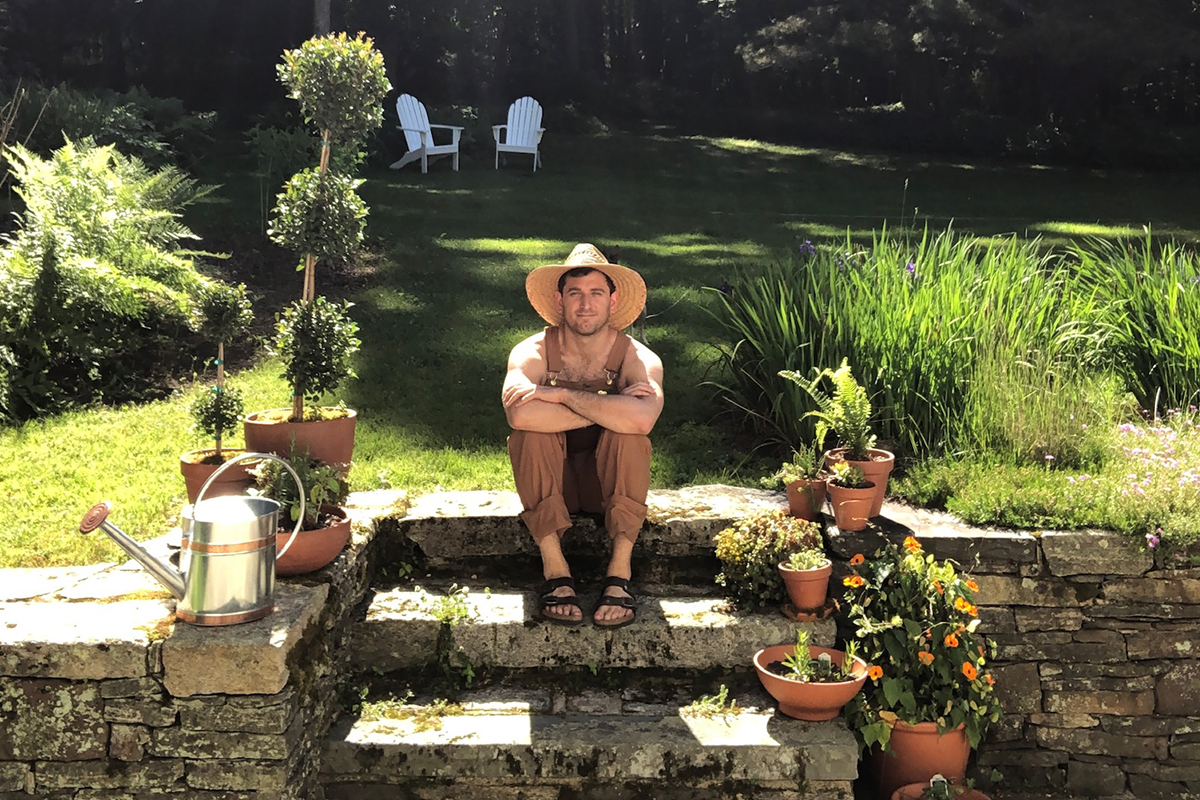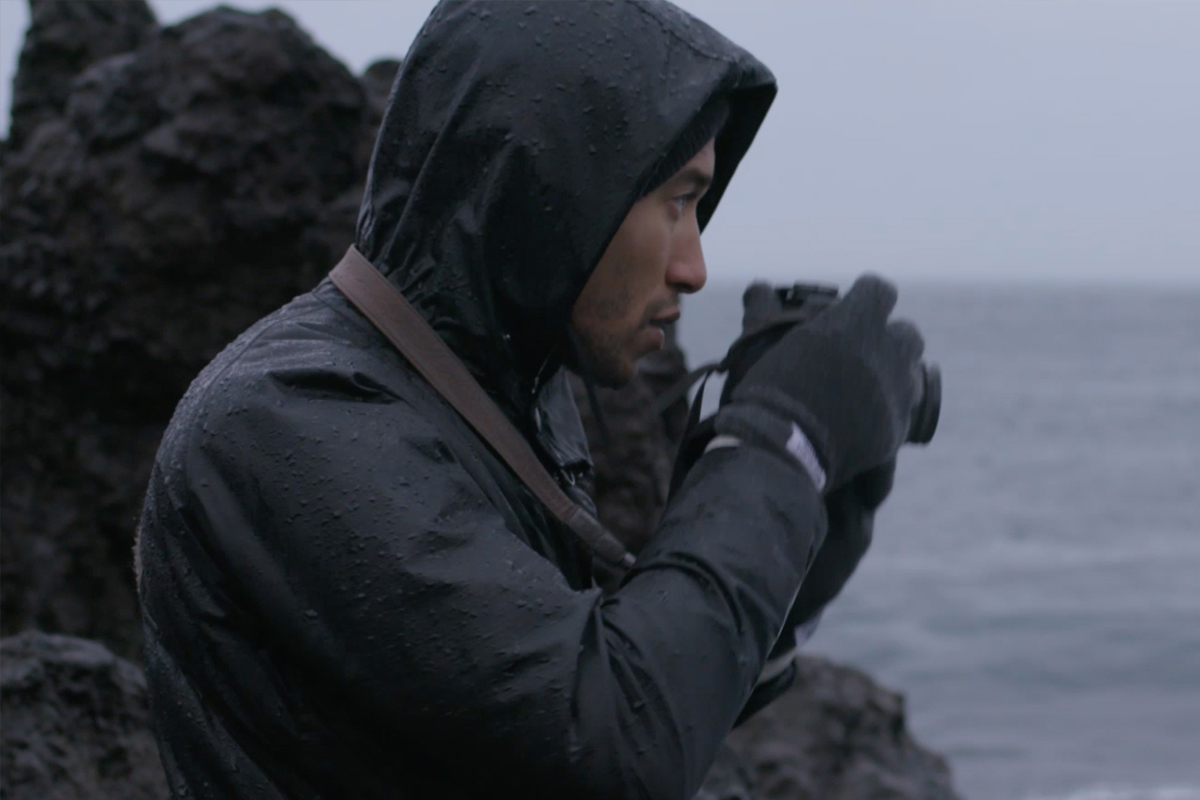How Covid-19 Changed the Relationship Between Social and Experiential Marketing
A conversation with Sydney Fazende, VP of Digital at LaForce.
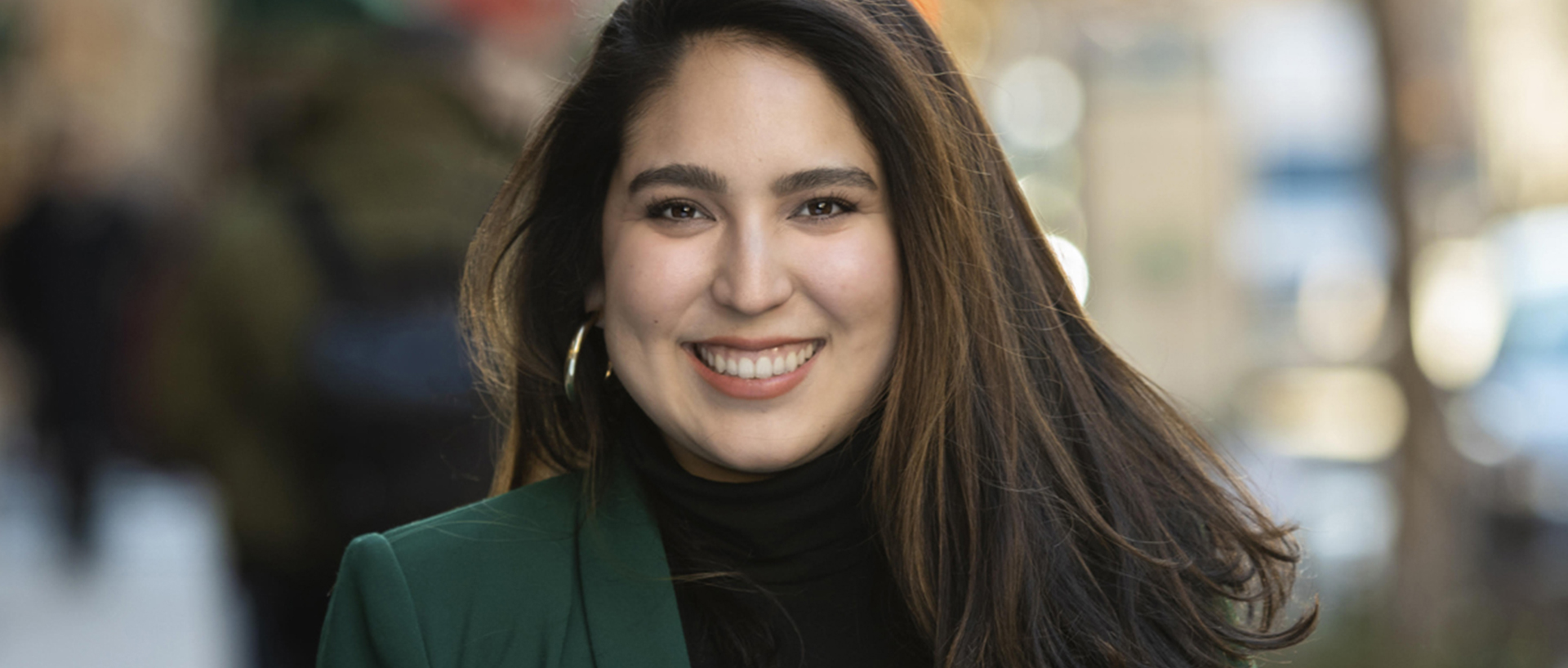
Sydney Fazende is one of those people that fundamentally changed how brands engage with their audiences. The VP of Digital at LaForce was one of the first to understand that first-person stories were the key to a brand’s success on social media. In other words, meet the bright mind that helped bring us influencers.
Good Friends first connected with her as one of her many creative content partners—on the Veuve Clicquot Destinations travel series, the VC Polo Classic and others. This kickstarted a real friendship and a lively conversation about the future of branding. More recently, we chatted via Facetime to discuss how she made Veuve Clicquot the most engaged alcohol brand on instagram, and the evolving relationship between social and experiential media.
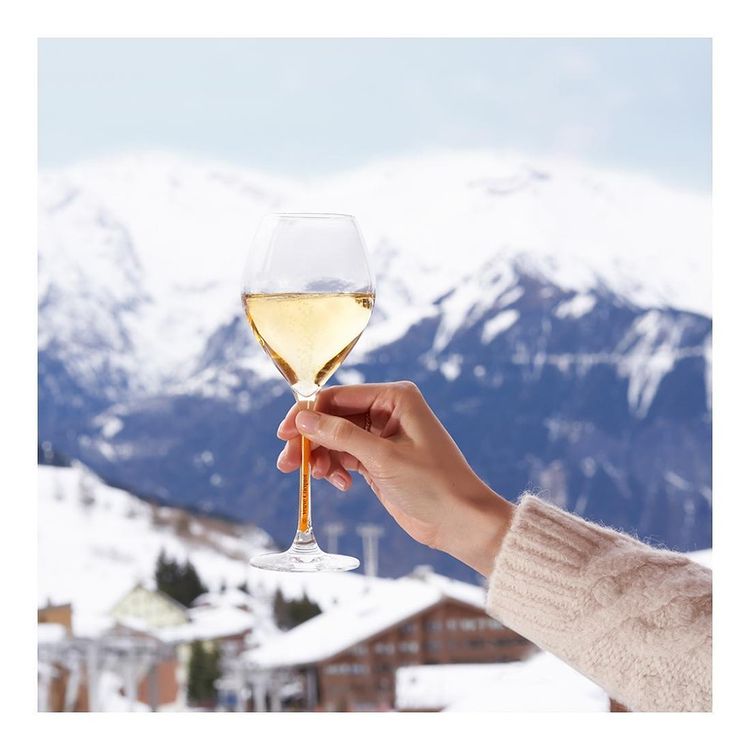
Good Friends: I’ve always thought of you as the queen of social.
Sydney Fazende: [Laughs] Well, I did grow up along with the industry. I have seen it all. In 2012, when I got started, it was all about Facebook. There was no such thing as an ‘influencer.’ They were bloggers. But now, there’s now an entire Instagram economy that we helped create.
GF: What’s else has changed since you got started?
SF: I think that—and we’ve worked together on this—it has become more important to integrate social content layers into activations, turning what only a small group could have previously experienced and would have been very exclusive, into something very inclusive.
“It has become more important to integrate social content layers into activations.”
GF: That’s something that we’ve always found really interesting about the way you approach your work—the insight to treat influencers like content creators, and content creators like influencers. That made your brand’s activations more visible and accessible. How did you start working that way?
SF: If you think back to the early 2010s, brands were favoring big media markets like LA and New York. You basically only had programs in these two places. The rise of social media presented a challenge and an opportunity. There were no more boundaries with who you could talk to. How could we change our narrative or thinking to be more geographically relevant? We would have this cool event in NY, but we would want to be as interesting to people at home in eastern Texas, too.
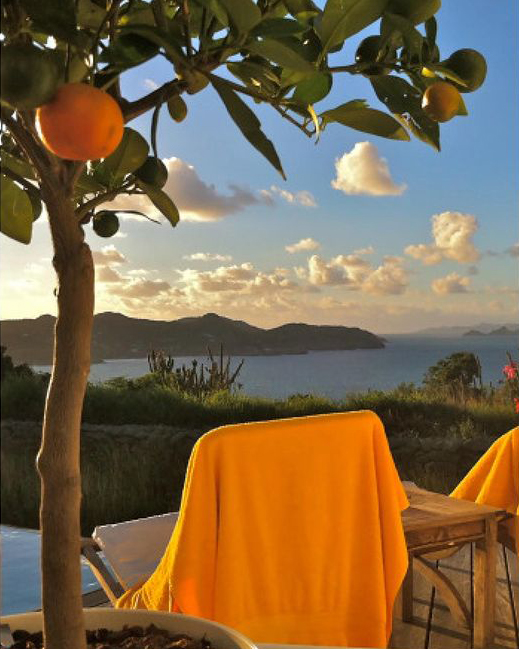
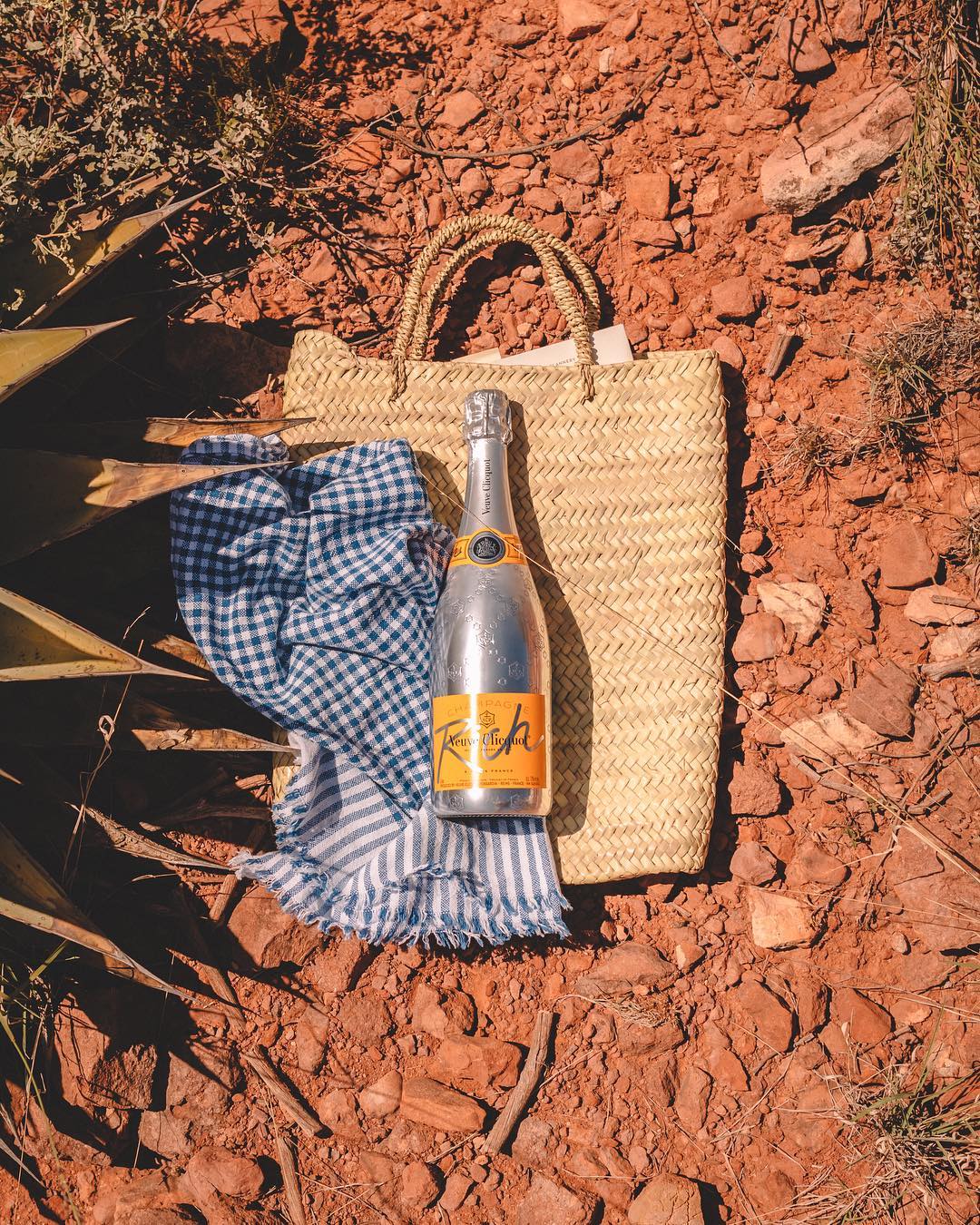
GF: We’ve always loved how you tap influencers and content creators from local markets. How did you develop that strategy?
SF: Working with Veuve Clicquot, a champagne brand that’s been around since the 1700s, our challenge was: how do you take this brand with such a rich heritage and make it more accessible and contemporary? Early on, we said: why don’t we lend some newsfeed real estate to talent, or photographers in wider markets? When we “go” there, we could create a kind of city guide through their eyes. If you looked at other luxury brands at that time, what you saw was the Chanels or the Diors basically just sharing their ad content.
GF: It was very top down…
SF: It felt so commercial. You weren’t seeing brands create content specifically for social media. That’s what we tried to do with our regional focuses: select a creator in that market and make a series of content for our channels. We would train them on the brand history so we could find a parallel with their own work. We’d make sure they were credited, tagged—and even quoted. That really got us going… and now we have about 500K followers. When I took over we had 40K. It was really cool over the last 8-9 years to be able to grow that. We never would have been able to do that without embracing localized narratives that—in my opinion—made VC relevant across the country and not just to a select few.
"Champagne is actually really great with pizza, too.”
GF: You can feel that it’s now such a democratic and accessible brand, without losing any of the aspiration that is so important to a luxury product.
SF: Audacity is a word that we use a lot. We want to change the way people think about the whole category. It’s not always about champagne with caviar. Champagne is actually really great with pizza, too.
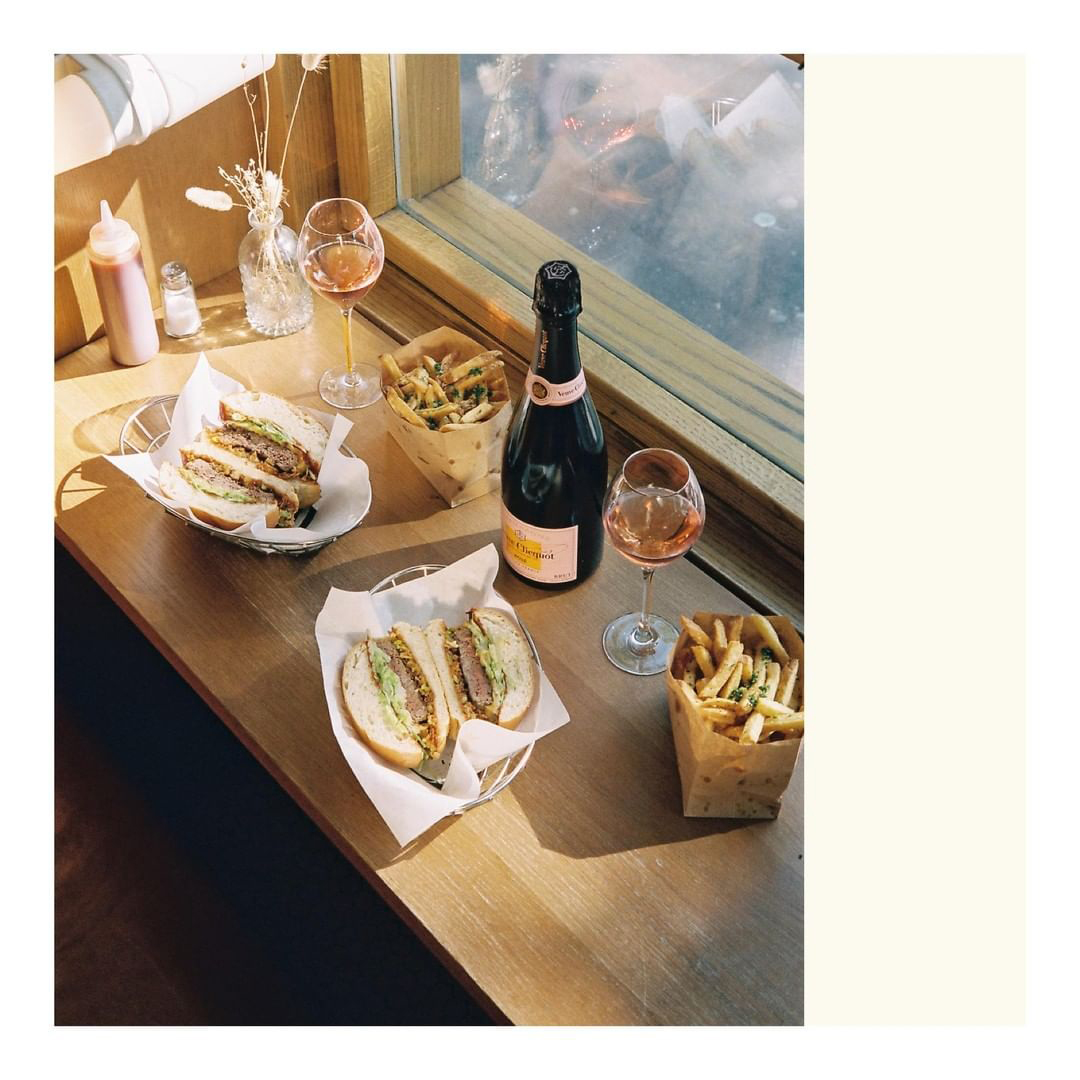

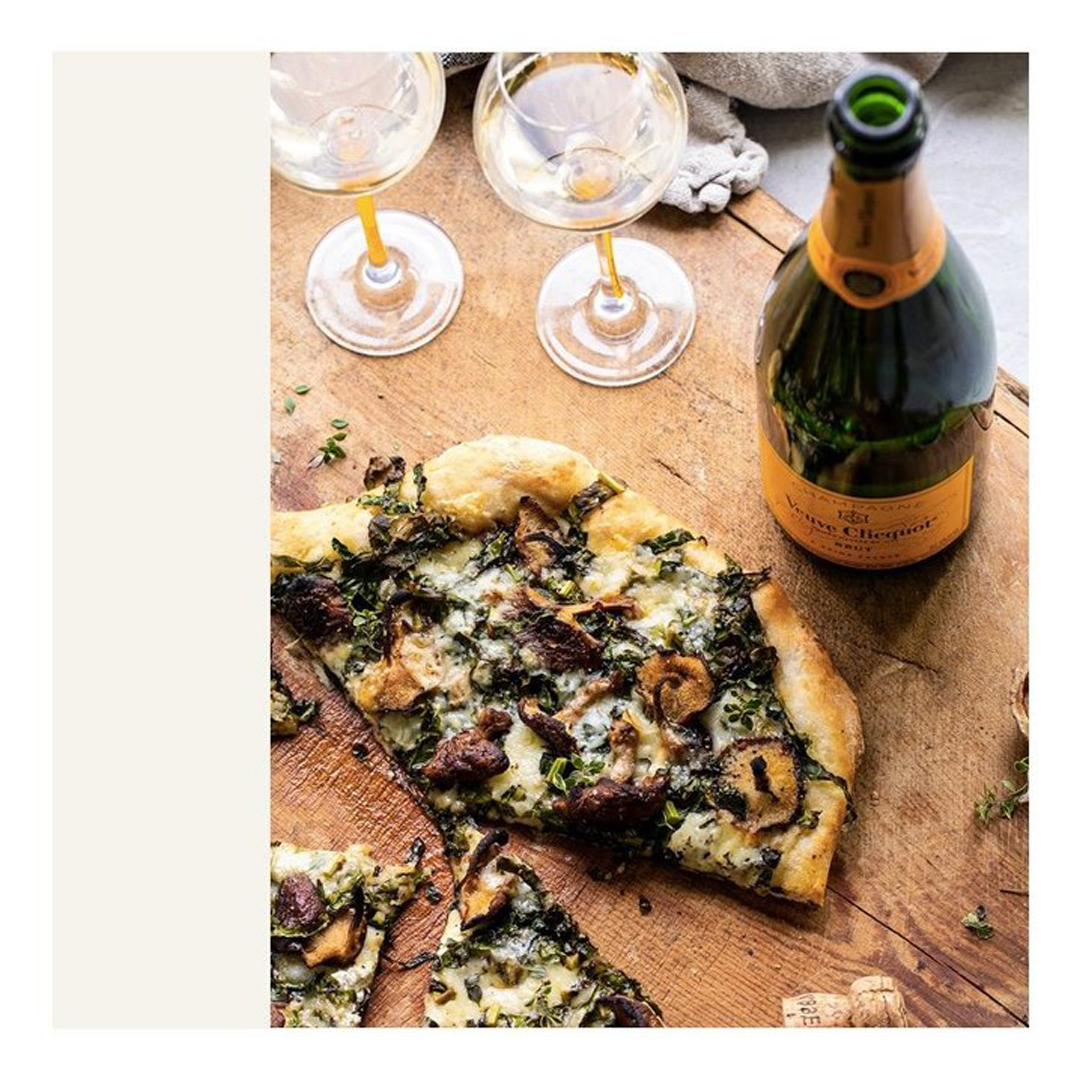
SF: We knew that Instagram was a platform that would not just give you permission, but actually reward that kind of surprise—and audacity. If we’re going to Philadelphia, let’s create content with the cheesesteak and Veuve Clicquot.
GF: How has your approach evolved during COVID?
SF: Things have changed. Before we would tell stories about where to go, what to do, what are the cool places in the region you can experience Vueve Clicout. But now, it’s all at home. How can we, as a brand, be human and showcase what we know our audience is experiencing?
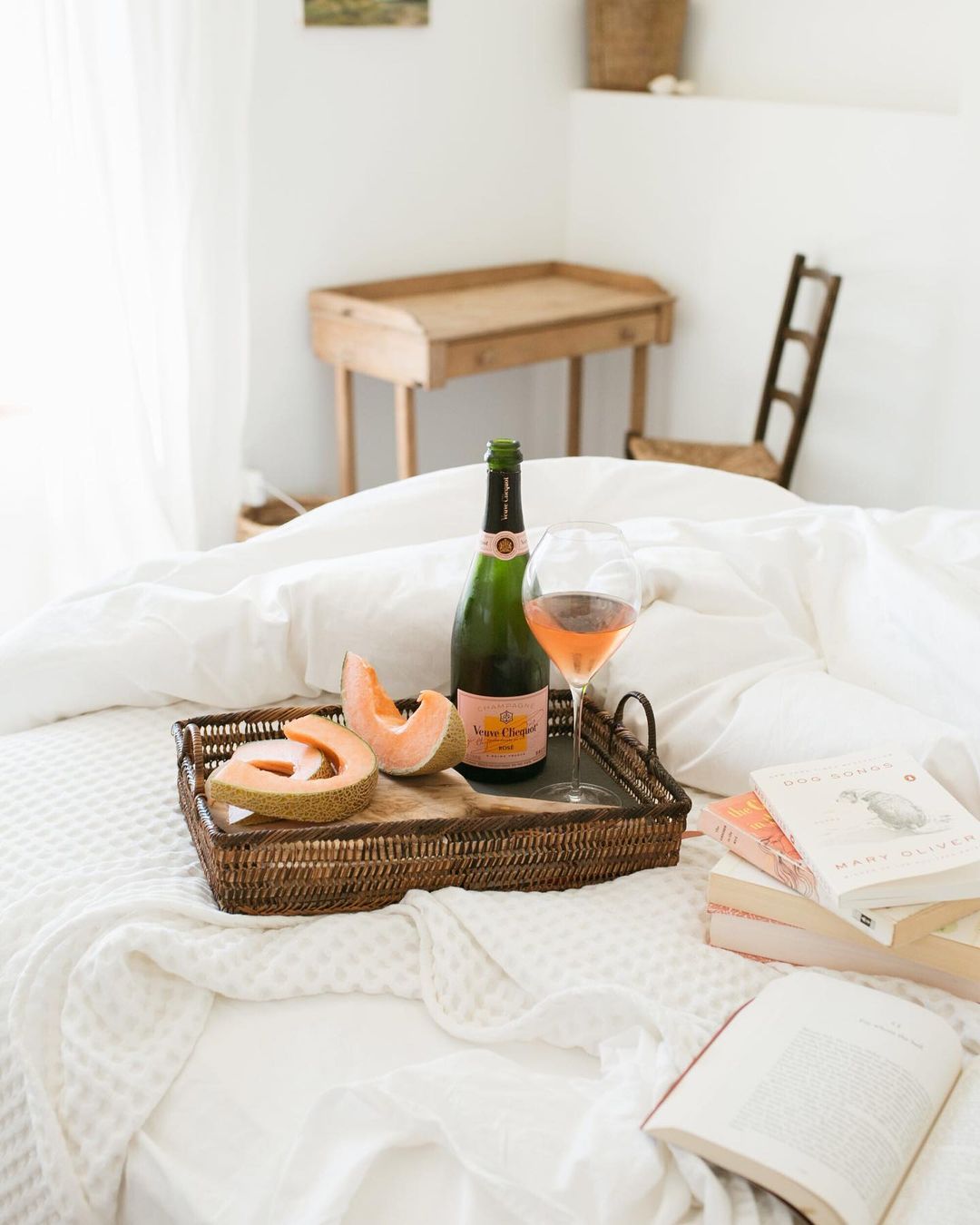
We know we can’t tell people what to do, so our partners became even more important. They are our human spirit that we could tap into as we navigate all these changes, from a social, cultural and even political standpoint. Our creator’s studios are their kitchens, their backyards and their real life. They allow our messaging to feel more personal.
GF: How do you see experiential and content fitting together?
SF: It’s everything. I’ll wear my agency hat again... For years, the benefit of working with LaForce has been that we’re a one-stop shop. We’re your PR-specialist, your social media-specialist, etc. But in the past few years, needs have grown to also include experiential. More and more, we’re working with our experiential partners to build concepts from the ground up. Not to use too much marketing speak, but we want to make sure every moment of a consumer journey makes sense. The funnel has changed too—awareness, consideration, conversion—those are the things that we’ve been taught in our textbook. I know you guys feel it too with what you do, but our work really stretches that funnel. We can make that consideration piece so long. If you're not constantly in the mind's-eye of a potential customer, you’ll lose them.
“If you're not constantly in the mind's-eye of a potential customer, you’ll lose them.”
GF: We rarely get a brief that doesn’t ask us how a program can be always-on, to create something with a long tail. Can you give an example of an activation that really succeeded at that?
SF: I’m really proud of how we’ve been able to create a narrative over the years with the Veuve Clicquot Polo Classic. It’s just one moment in time—a 6 hour event, a day party, but we have 40 content creators on site. We have people shooting our ads, shooting street style, creating GIFs. We have a studio capturing the celebrity talent. People creating vignettes of the 10K attendees. Basically, we take this singular experiential moment and create a year’s worth of content.
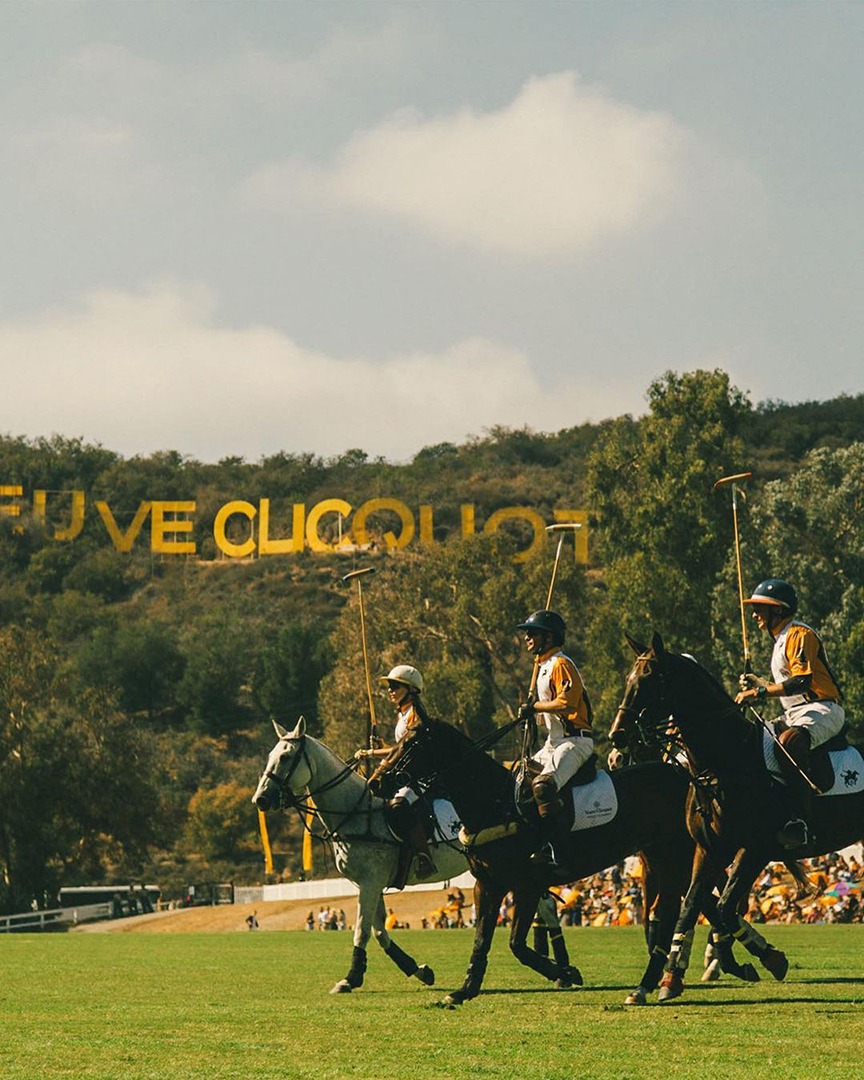
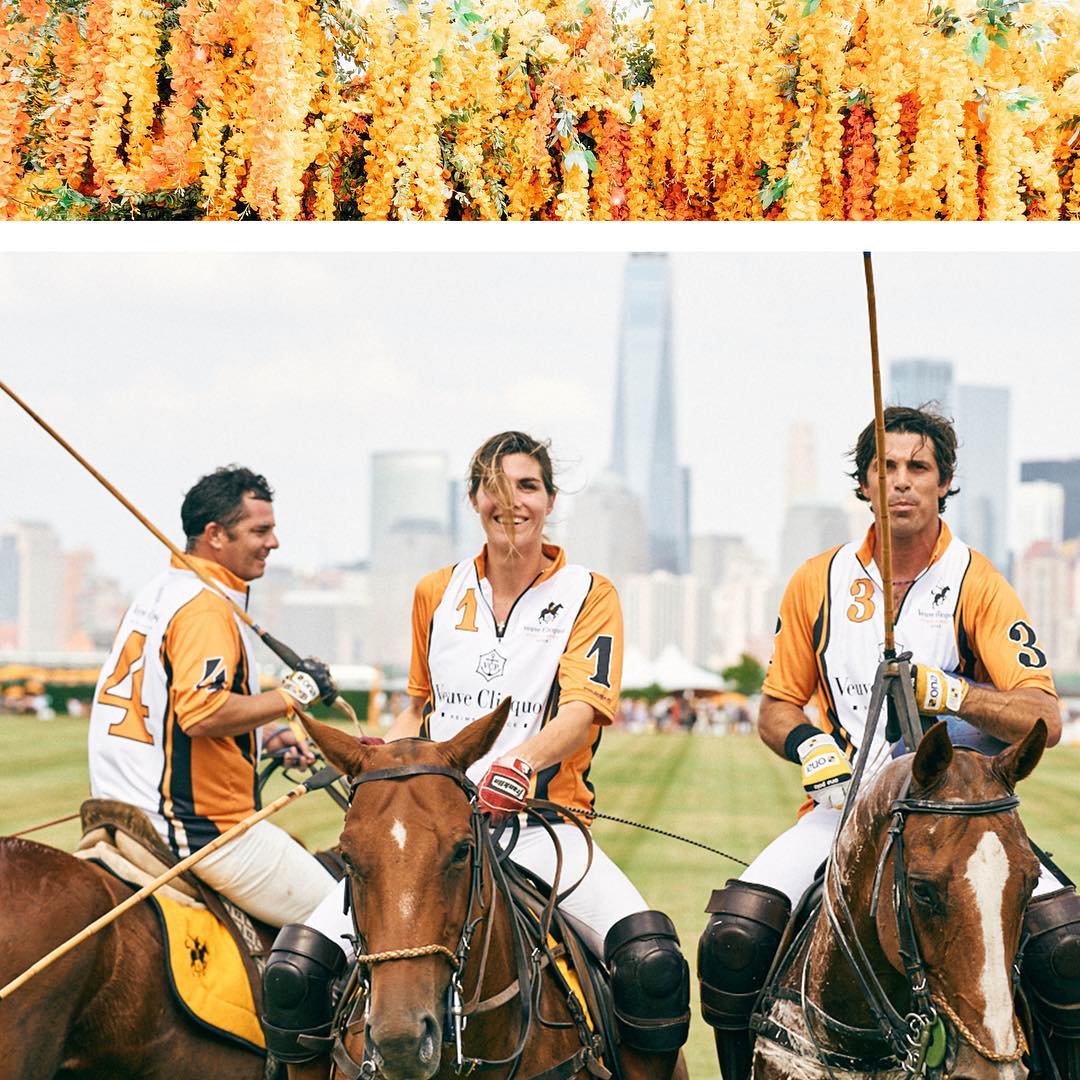
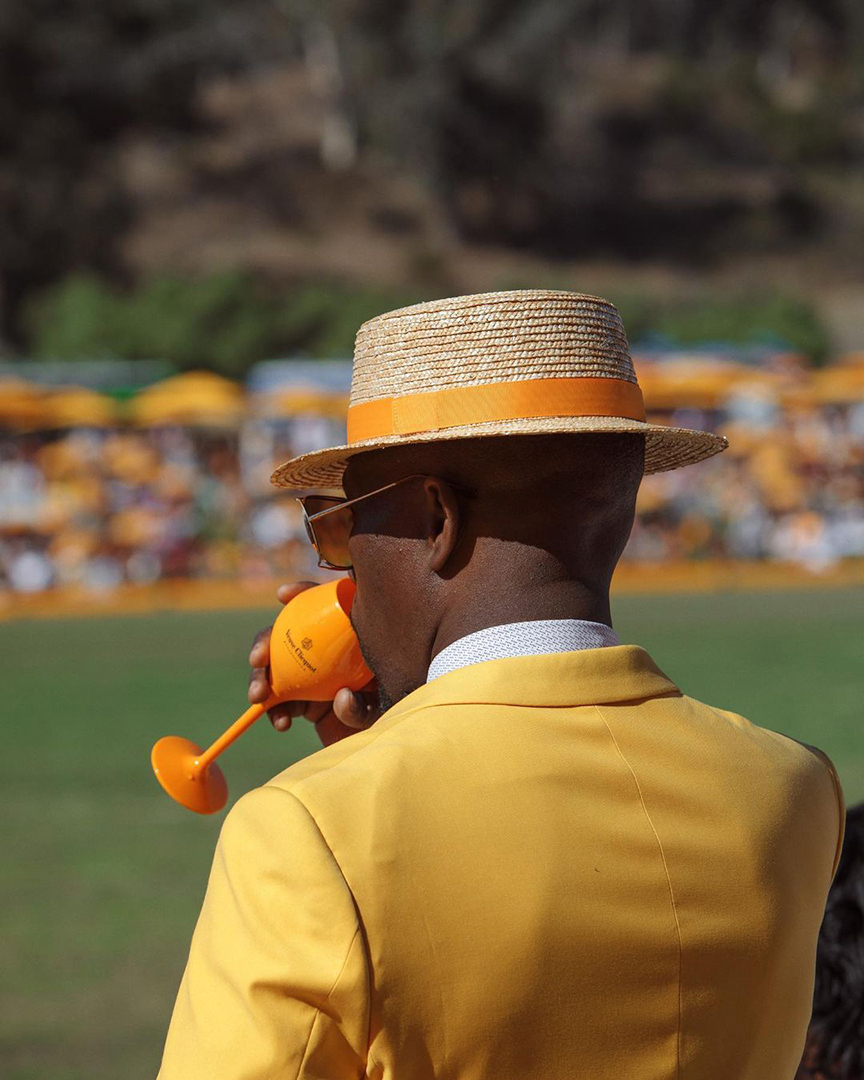
SF: We’ve found that people come back to look at the archived content of Polo in the middle of the year! It’s so awesome for us. It’s really a dream. We never would have been able to know there was that kind of interest if we didn’t have great content to allow people to live and breathe the event without being there.
GF: What are some strategies that have worked and some that haven’t?
SF: People love the content that celebrates the event as a cultural happening. What I would call a ‘consumer engagement’ piece is always the most challenging each year. How many times could you experience a digital photobooth? Luckily that’s what you guys bring to the table—creative thinking and immersive experiences. Every year you have to do something new and different.
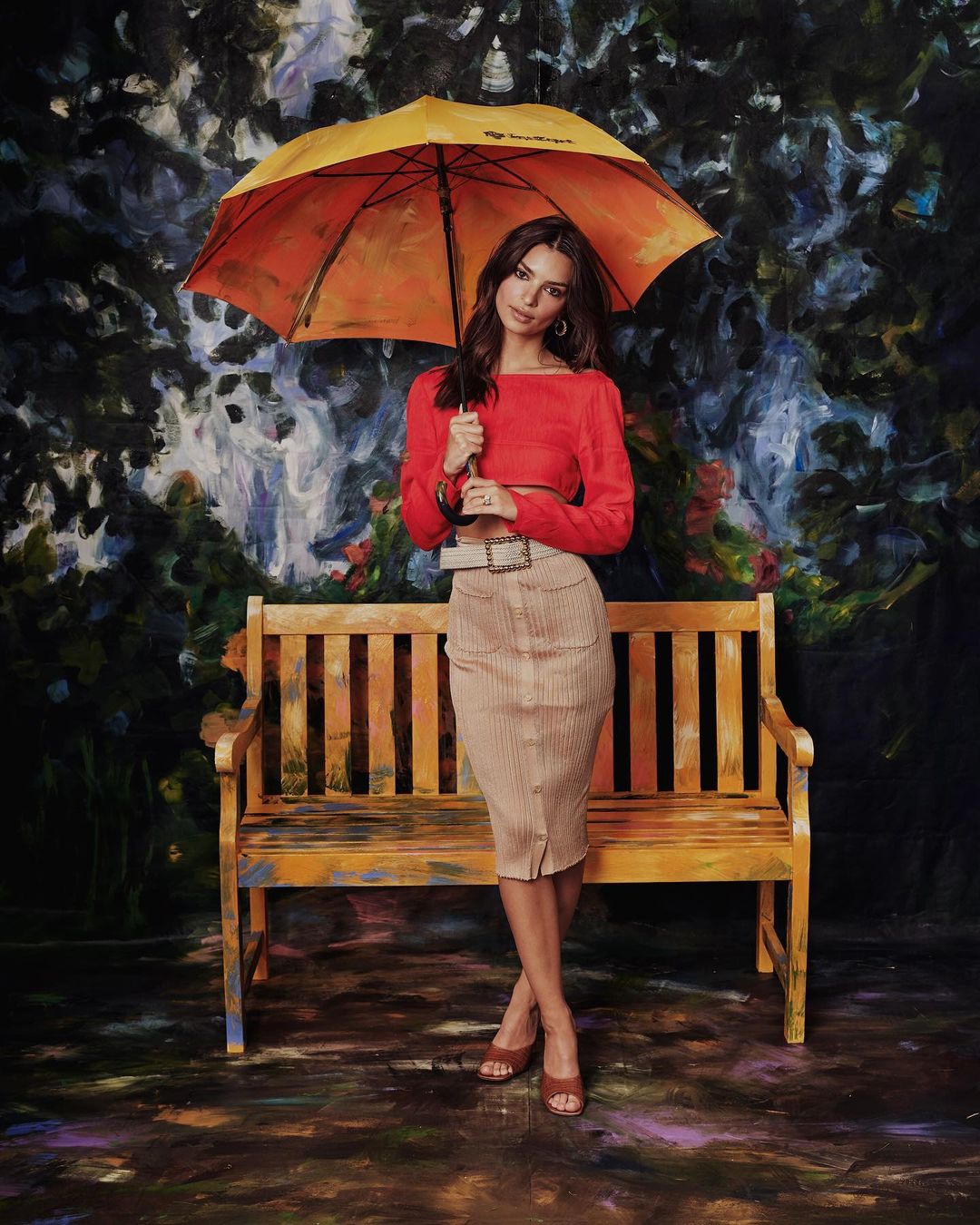
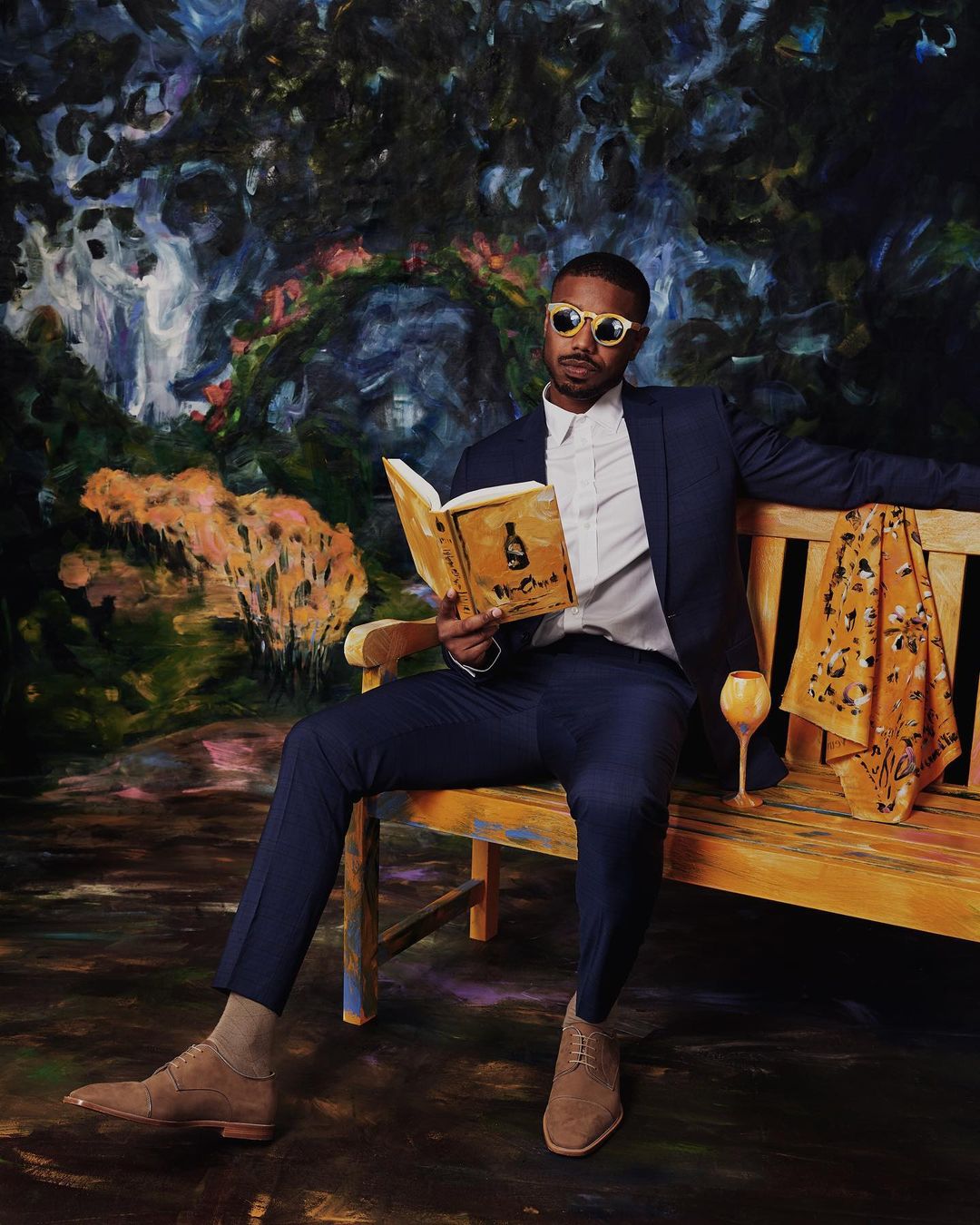
You have to keep your eyes open, look to other brands or artists for inspiration and ask yourself, how can I do that better? It’s about just paying attention. That’s what separates a good brand marketer from a great one.
More Friends
Keep in touch.
info@withgoodfriends.com
work@withgoodfriends.com
Newsletter
Hear it from your friends first:
© GOOD FRIENDS 2021
